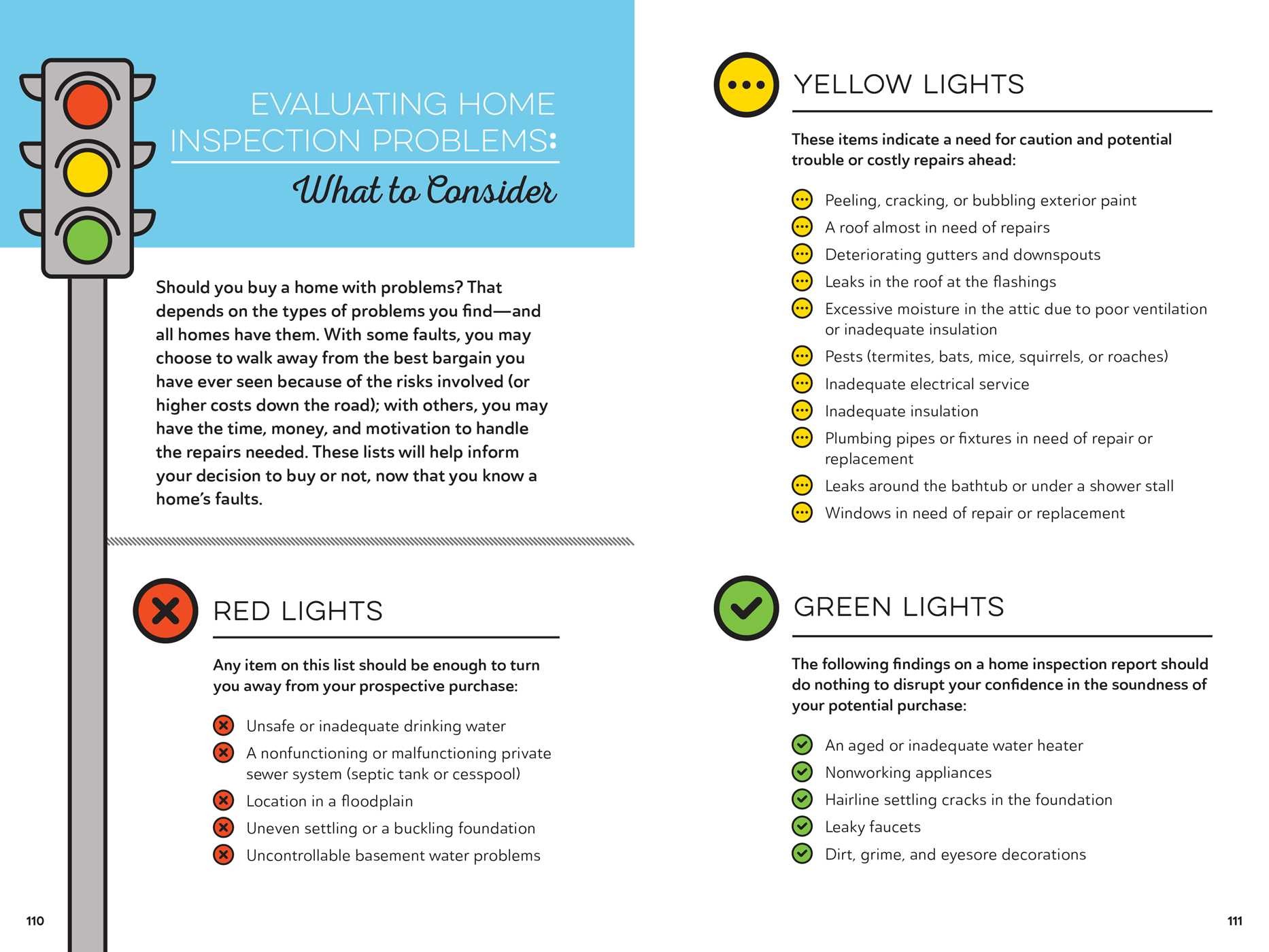Overlooking Roof Air Flow Can Cause Pricey Damages; Uncover Important Elements That Ensure A Successful Installment And Secure Your Investment
Overlooking Roof Air Flow Can Cause Pricey Damages; Uncover Important Elements That Ensure A Successful Installment And Secure Your Investment
Blog Article
Post Writer-Gundersen Vogel
When you're tackling a roofing task, you may not think much regarding roofing system air flow, however it's even more vital than you realize. Reliable ventilation aids manage temperature and moisture in your attic, avoiding troubles like mold and mildew and structural damages. By understanding exactly how to design and install a well balanced ventilation system, you can enhance power performance and extend the life expectancy of your roof covering products. So, what are the crucial elements to take into consideration throughout installation that can make all the difference?
Importance of Roof Covering Air Flow
Roofing system air flow plays a critical duty in keeping the overall health and wellness of your home. By enabling fresh air to distribute with your attic, it helps manage temperature level and wetness levels. This balance is vital to avoid warmth build-up throughout warm months, which can lead to enhanced power expenses as your air conditioning works overtime.
In addition, correct ventilation substantially lowers the danger of moisture-related problems like mold and mildew. If moisture degrees rise, your home's architectural integrity can be jeopardized, resulting in pricey repair work. You wouldn't want to handle decaying wood or distorted roof covering materials, right?
Additionally, adequate air flow extends the lifespan of your roof. When heat and dampness are kept in check, your roof covering can execute optimally, avoiding premature wear and tear. This means fewer migraines and expenditures down the line.
Exactly How Roofing System Ventilation Functions
Efficient roofing ventilation counts on the natural movement of air to develop a balance between consumption and exhaust. When you mount vents, you're basically allowing fresh air to enter your attic room while making it possible for warm, stagnant air to escape. This procedure helps manage temperature and dampness levels, avoiding problems like mold and mildew development and roofing system damages.
Consumption vents, typically discovered at the eaves, attract awesome air from outside. At the same time, exhaust vents, located near the ridge of the roofing system, allow hot air rise and departure. The difference in temperature level develops a natural air movement, called the pile effect. As warm air increases, it produces a vacuum cleaner that pulls in cooler air from the reduced vents.
To maximize this system, you require to guarantee that the intake and exhaust vents are effectively sized and placed. If http://www.buildings.com/articles/27448/4-ways-your-roof-can-earn-leed-certification-credits is limited, you won't accomplish the wanted ventilation.
Similarly, not enough exhaust can catch heat and dampness, resulting in possible damage.
Key Installment Factors To Consider
When mounting roofing ventilation, several essential considerations can make or break your system's performance. First, you need to analyze your roofing's style. The pitch, shape, and materials all influence air flow and air flow choice. Make sure to choose vents that suit your roofing system kind and neighborhood environment problems.
Next off, consider the positioning of your vents. Preferably, you'll desire a balanced system with intake and exhaust vents positioned for optimal air flow. Location intake vents short on the roofing and exhaust vents near the peak to motivate an all-natural circulation of air. This setup helps stop wetness buildup and advertises energy performance.
Don't ignore insulation. Appropriate insulation in your attic stops warmth from running away and maintains your home comfortable. Make sure that insulation doesn't obstruct your vents, as this can prevent air movement.
Lastly, think about upkeep. Select ventilation systems that are simple to gain access to for cleansing and inspection. Normal maintenance ensures your system continues to function efficiently in time.
Conclusion
To conclude, roof covering air flow is necessary for an effective installation. By guaranteeing proper airflow, you can protect against warmth accumulation and wetness issues that cause pricey damages. When you purposefully position consumption and exhaust vents, you improve power efficiency and lengthen the life expectancy of your roof covering. https://badroofingcontractors17394.newbigblog.com/38551768/avoid-the-worry-of-pricey-repairs-with-constant-roofing-maintenance-reveal-important-approaches-that-can-improve-the-security-of-your-home-past-your-assumptions in mind, a well-ventilated roof covering not only shields your financial investment however additionally boosts your indoor air high quality. So, focus on ventilation to make certain a resilient and cost-efficient roof for your home.
